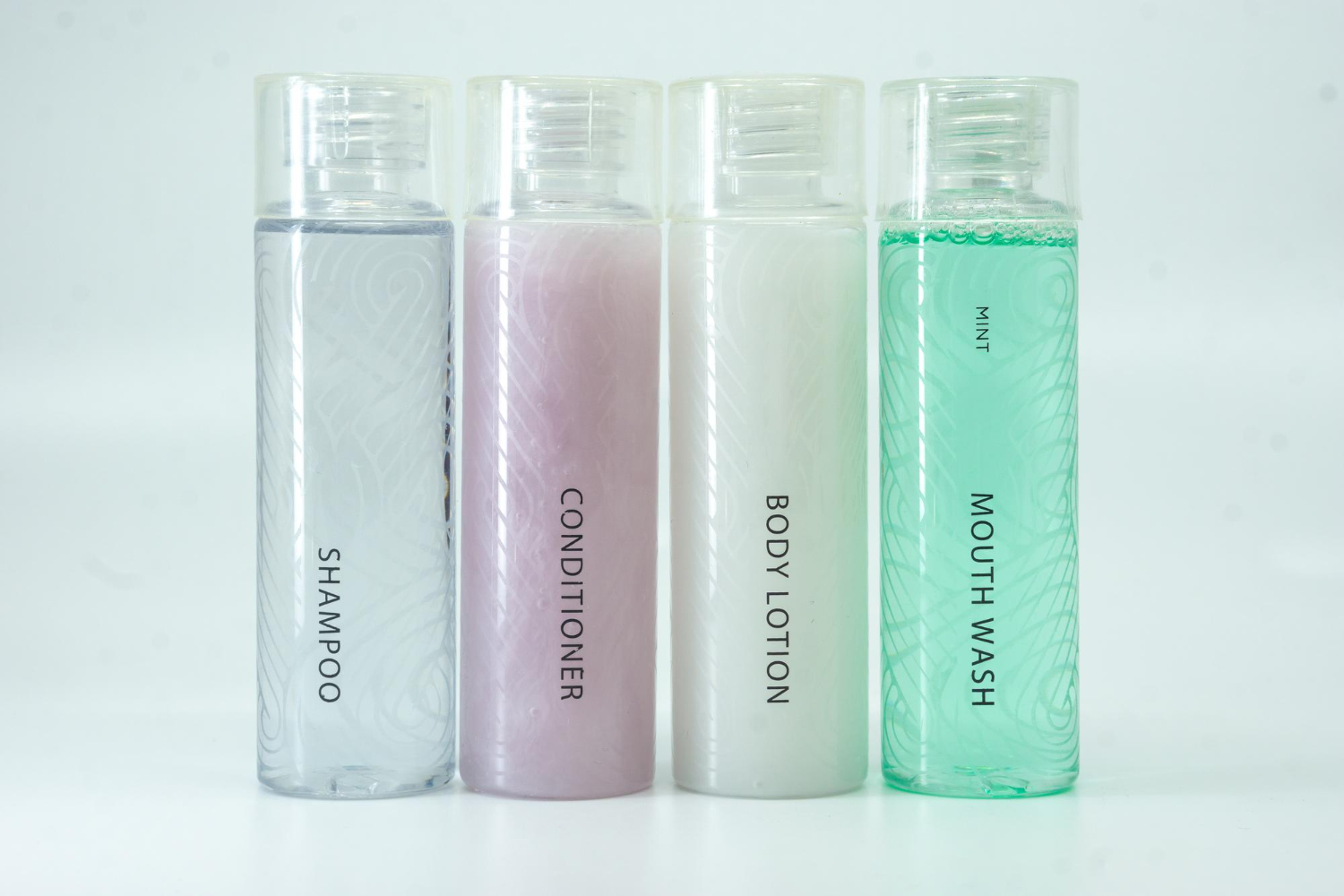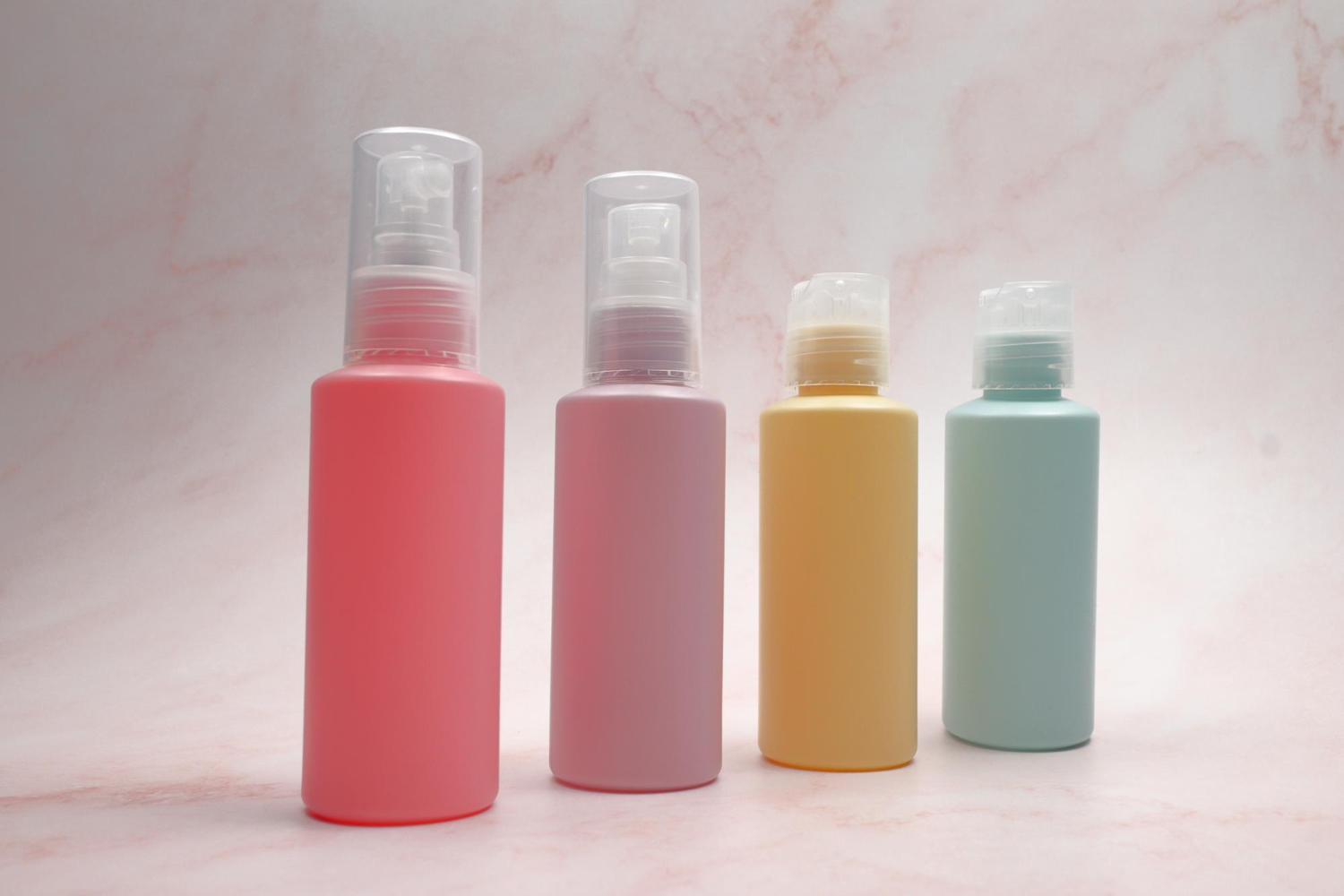Are You Paying for Air? Shrinkflation and the Contents of Cosmetic Packaging

What is Shrinkflation, and How Does it Work?
Shrinkflation is a portmanteau of the words “shrink” and “inflation.” This term, introduced by American economist and entrepreneur Pippa Malmgren, describes the phenomenon of invisibly raising product prices. In practice, it means that a face cream that used to have 50 ml might end up in your cart now containing only 40 ml, even though its packaging looks identical.
These actions are practically unnoticeable, and companies don't exactly boast about using shrinkflation. Why does this happen? Reducing the amount of a product in its packaging while keeping the same or a similar price can be caused by many factors that impact a company's budget. The most common of these include inflation, rising production costs, and more expensive raw materials and transportation. Instead of raising the prices of goods, which could deter customers, many companies prefer to quietly shrink the product volume.
Why Do Manufacturers Use Product Downsizing?
The phenomenon of shrinkflation, also known as product downsizing, has become increasingly common recently. In an era of high inflation, when we look at products on store shelves with great care, a simple conclusion emerges: buyers want to get goods for the lowest possible price, while manufacturers want the highest possible profit.
Shrinkflation is particularly common in the beauty industry, where cosmetic packaging often serves a decorative function. Luxurious jars and thick-walled glass bottles can conceal a significantly smaller amount of product than just a few seasons ago, all while looking the same. By keeping the same design, color scheme, and brand logo, the differences are virtually imperceptible, and customers don’t suspect that they are receiving a product with a reduced net weight for the same price.
Why do businesses resort to shrinkflation? The most common reasons are:
-
Reducing production costs while maintaining the appearance of the same value for the customer.
-
Keeping an attractive shelf price despite rising expenses.
-
Limiting the risk of losing a customer due to a visible price increase.
The phenomenon of downsizing was observed even before the COVID-19 pandemic, but it's expected to become more prevalent as inflation persists and the cost of raw materials continues to rise.

What Tricks Do Manufacturers Use to Keep You Buying Their Products?
By shrinking product sizes, companies introduce hidden price increases that are practically unnoticeable to customers. This effect is also difficult to spot because the cosmetic packaging itself doesn't always change, only its contents. Here are a few popular tricks manufacturers use.
Changing the Formula
Downsizing doesn't just have to mean less quantity. It can also involve a change in quality by modifying a cosmetic's formula and replacing more expensive active ingredients with cheaper substitutes. This phenomenon is known as "skimpflation”. For example, a 2% hyaluronic acid serum might change its concentration to 0.5%, or natural oils might be swapped out for synthetic equivalents.
Modifying the Packaging and Product Shape
Some cosmetic bottles on store shelves have thicker walls or false bottoms, making the products look like they used to, but contain a smaller amount of product. Plastic tubes and glass vials are sometimes specially designed to appear optically larger than they actually are.
Changing the Suggested Portion Size
Another common technique used by manufacturers as part of product downsizing is to change the suggested dose of the product. Labels might feature phrases like “use a drop of serum” instead of, for example, “apply 2–3 pumps.” It's a clever way to suggest that the customer needs less of the product. Sometimes, manufacturers also put phrases like “new formula” on packaging, which in reality contains different or fewer active ingredients.
Are There Ways to Reduce the Negative Effects of Shrinkflation?
There are a few simple ways to learn how to recognize the phenomenon of shrinkflation and consciously choose products. While you can't stop it entirely, you can effectively defend yourself as a consumer.
Read the Labels
Before putting an item in your cart, always check how many milliliters or grams the product contains. Packaging, especially when made of materials like glass and plastic, is often misleading. Large cosmetic jars are not always a guarantee of a large quantity.
Compare Prices per Unit
Instead of looking only at the unit price, consider the cost of the product per 100 ml or 100 g. Be aware that sometimes seemingly cheap cosmetics can end up being more expensive if they are sold in the smallest packages.
Look for Alternatives
To protect yourself from shrinkflation, you can try products from lesser-known brands. It's especially worth paying attention to cosmetics in reusable containers or those sealed in simple cosmetic bottles without unnecessary embellishments.
Shrinkflation — Can We Fight the Phenomenon of Shrinking Packaging Contents?
Product downsizing is a growing trend for businesses to cope with inflation. To check if a company is practicing shrinkflation, all you have to do is compare the volume or mass of a product over the last few months. To avoid falling victim to hidden price increases, a lot depends on you—check the net weights, compare the ingredients, and don't be fooled by a “new design”. Choose brands that don't mislead you. Because even if you can't stop shrinkflation entirely, you can stop paying for it—especially if it's just… air in a pretty package.